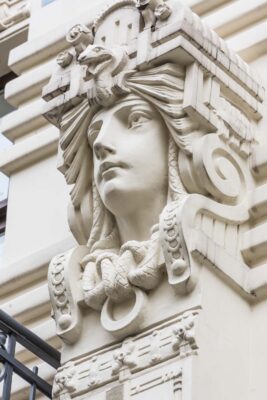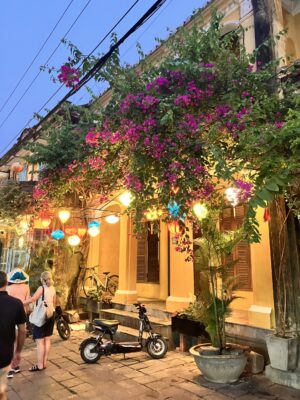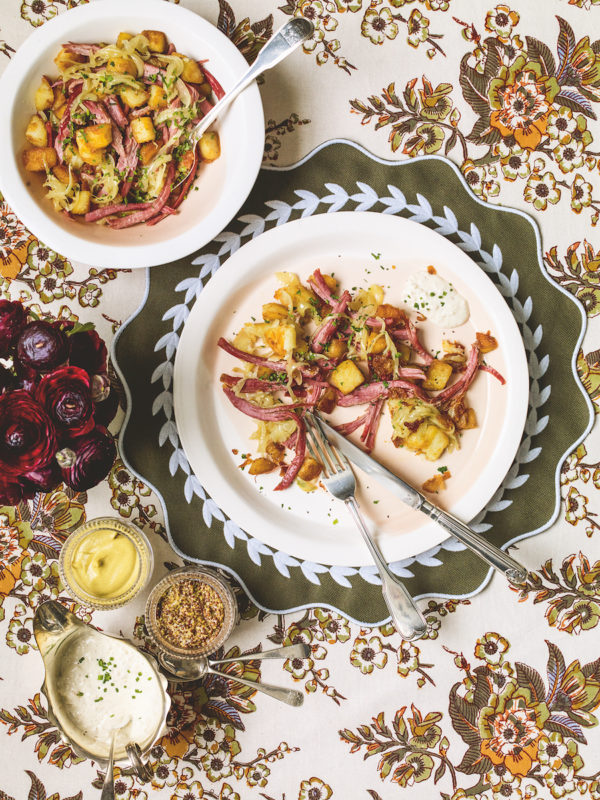
Hosting
Jane Churchill Dishes on “The Nancys”
A new cookbook celebrates ‘The Two Nancys’—Nancy Astor and Nancy Lancaster—two powerhouse 20th-century hostesses who brought a Southern sensibility to prim Britain.
Nancy Astor (1879-1964) and her niece Nancy Lancaster (1897-1994) were ahead of their time. As American women who each made England home, they brought a uniquely Southern style and American openness to the dining tables of the British aristocracy that proved transformative.
Now, a new cookbook, Entertaining in Style: Nancy Astor and Nancy Lancaster—Table Settings, Recipes, Flower Arrangements, and Decorating (Rizzoli), written by two of the women’s descendents, renowned British interior designer Jane Churchill and her cousin Emily Astor, immortalizes the women’s recipes, tablescape tips, and witty candor.
Entertaining in Style tells the story of ‘The Two Nancys,’ as they were sometimes referred, through the authors’ joyful memories of growing up at the women’s iconic English countryside estates; never-before-seen archival photographs; and 75 recipes discovered within The Mirador Cookbook, a leather-bound volume of recipes passed down through generations that was printed by Astor’s second (and last) husband, Waldorf Astor, the 2nd Viscount Astor.

“None of my family seems to throw anything away,” laughs Churchill, Astor’s great niece and Lancaster’s cousin, who only recently discovered letters, cards, and thank-you notes saved by family members.
“The book includes original recipes from Mirador in Virginia, where they grew up, and the wonderful [British] houses they owned, Cliveden, Kelmarsh Hall, Ditchley Park, and Haseley Court,” Churchill says. “So much had been written about them, like Nancy Astor’s commitment to women’s rights, and Nancy Lancaster’s incredible influence on the world of interior design, but we wanted people to know about their extraordinary energy, personalities, and the fact that Emily [Astor’s granddaughter] and I knew them really well.”
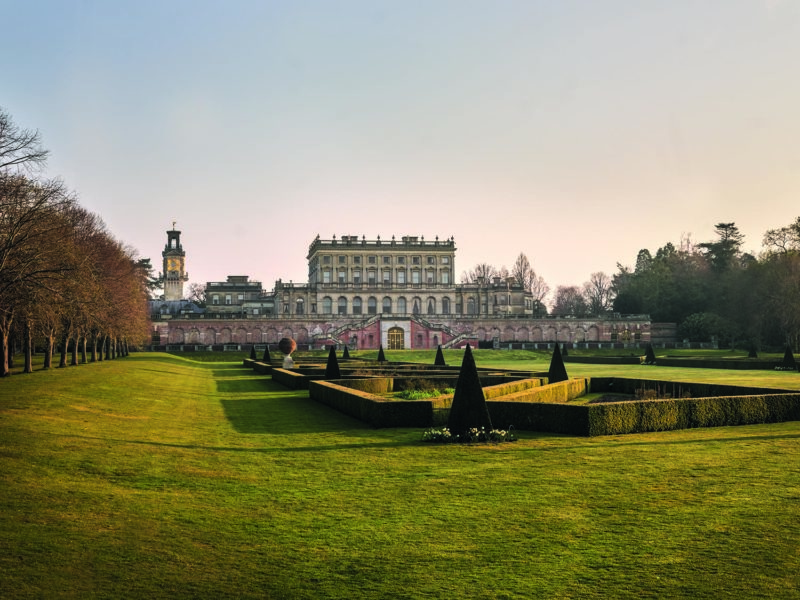
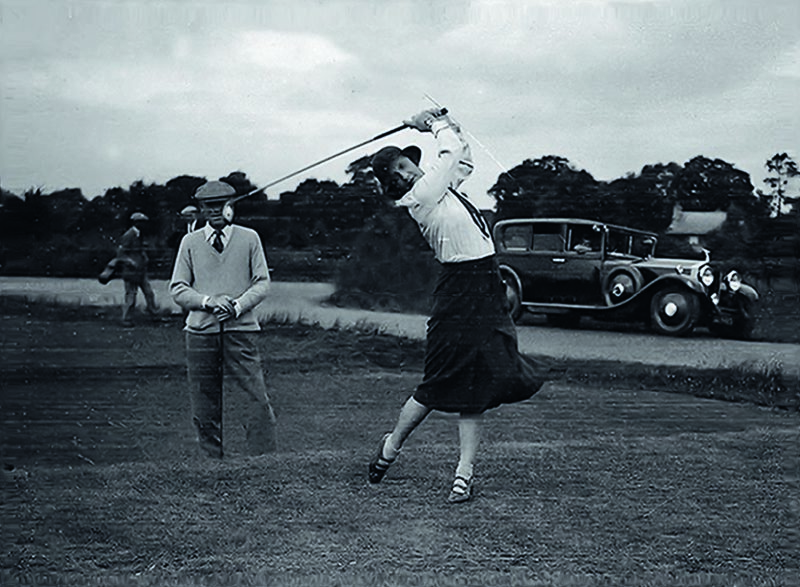
Astor and Lancaster were born in Virginia in the late 1800s and grew up some 20 years apart at Mirador, their family’s antebellum estate in Albemarle County, near Charlottesville. After a first marriage ended in divorce, Astor moved to London in 1905 at age 27, to marry Waldorf Astor, an Englishman who was heir to his American grandfather’s John Jacob Astor III’s vast real estate, fur, and timber empire. As a wedding present, Astor III gifted the couple Cliveden, a grand, 376-acre, 47-room estate an hour outside London, now a five-star hotel.
Astor later became the UK’s first woman Member of Parliament, where she served from 1919 until 1945. Known for her outspokenness and firm belief in women’s equality and superiority, she once famously quipped: “I married beneath me. All women do.”
But, as part of Britain’s inner aristocratic and political circle, she was equally known for hosting lavish weekend parties for entertainers like Charlie Chaplin, Rudyard Kipling, George Bernard Shaw, Edith Wharton, and T.E. Lawrence, as well as prominent political figures, who came to be known as the ‘Cliveden Set’ in the 1930s.
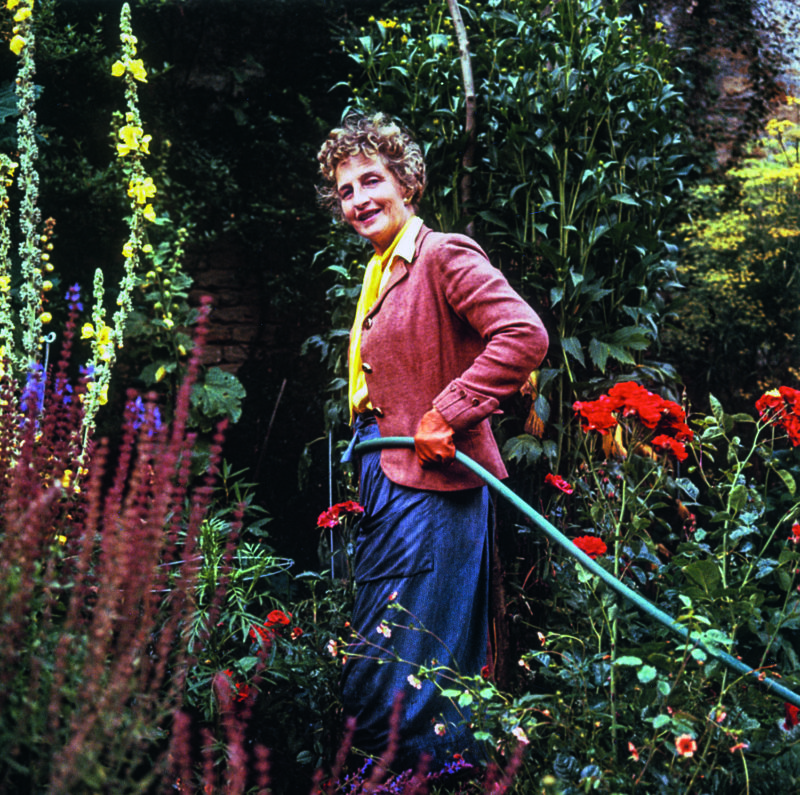

The other “Nancy,” Nancy Lancaster, subsequently made her way to Britain in 1926 and became one of the finest tastemakers of her generation, credited with upgrading the style of the traditional English country home and fusing it with Southern style.
Interestingly, while co-owner of design firm Colefax and Fowler, she was never a professional interior designer herself. But the design of her own homes, which her partner called “pleasing decay,” inspired generations of interior decorators in Europe and the United States, including Sister Parish, Mark Hampton, and Mario Buatta. As Buatta once put it, “She brought American vitality to stuffy British houses, which often looked like museums. After Nancy blew into town, England loosened up and started looking more personal and lived-in.”
In fact, Lancaster heavily influenced Churchill’s own design career. She founded her eponymous firm, Jane Churchill Interiors, in 1982; her shop on London’s Pimlico Road has been around for more than 40 years. Past clients include Estée Lauder and the Sultan of Malaysia.
Churchill’s memories of both women are shaped by weekends and holiday visits to their stately houses. “My first memory was at Nancy Astor’s house in Cliveden,” she says. “I remember walking into the hall for Christmas and that picture of Nancy by John Singer Sargeant was still there. I must have been four or five and we ate wonderful sandwiches.”
“She might have been intimidating had I been older but she loved young [people]. She liked mixing old, young, posh, non-posh,” adds Churchill. “[My co-author] Emily grew up at Cliveden until she was 13, and she was always included for meals in the dining room. Children in those days were usually put in the nursery, but Aunt Nancy loved her relatives. If you were family, you were immediately welcomed in a very attractive way.”
Both Nancys had “enormous energy” coupled with huge personalities. “They had the energy of ten bull elephants,” says Churchill. “They were always fun at every age.” Churchill recalls Astor, “doing cartwheels on the beach at Sandwich when she was 80. We used to go and stay as children and she had a balcony from which she used to throw us chewing gum. Much to the horror of our posho nannies!”

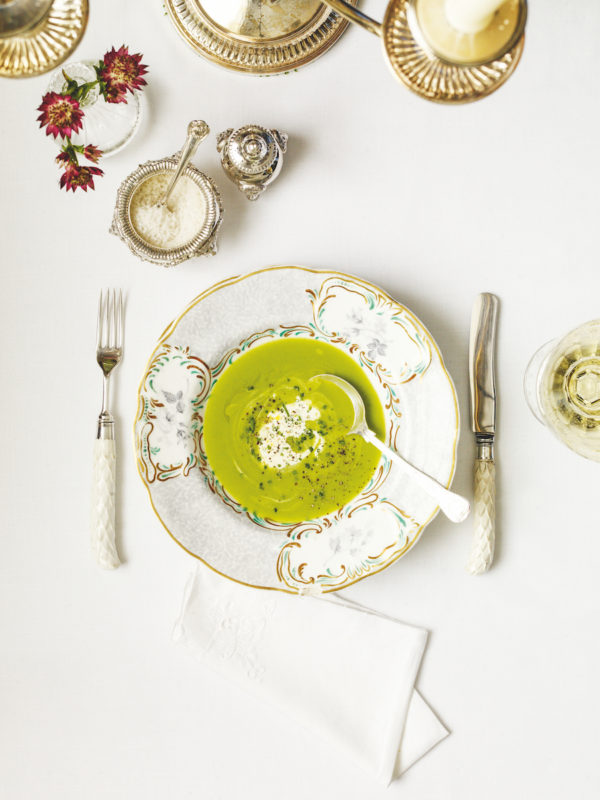
Despite their status in British society, the Nancys were quite down-to-earth, a reflection of their Southern upbringings. “They entertained in such an unpretentious way,” Churchill recalls. “Their houses were grand, but incredibly comfortable and homey. There were endless dogs running around, flowers picked directly from the garden and put in a vase. It was always just so normal.”
Well, normal in some ways. One of the book’s anecdotes mentions an occasion where Astor was entertaining a slew of guests at Cliveden when, suddenly, King Edward rang and announced that he wanted to come over for lunch. He brought this entire household with him, including Alice Keppel (his mistress, and ancestress of Camilla, Duchess of Cornwall, who will one day be Queen herself). Apparently, the King enjoyed the Astors’ hospitality so much, he stayed until 8 a.m. the next morning.
Guests clamored to visit Lancaster and Astor, enamored of their warm, effortless way or entertaining, which was the antithesis of prim and proper British mores at the time.
Their American influence was significant and gradually seeped into aspects of English culture, notes Arabella Boxer in her Book of English Food (Penguin). “They seemed to have a social ease and a lack of shyness which Englishmen found irresistible,” she wrote.
Astor’s “more the merrier” brand of Southern Hospitality meant extra guests were always welcomed. But the spontaneous approach didn’t sit well with everyone, particularly the staff. The culture clash came to a head during a confrontation between Astor and her butler, Mr. Lee. Exhausted by the constant parade of last minute extras to cater to, Lee announced that he’d be quitting at the end of the month. To which Astor promptly replied, “In that case, Lee, tell me where you’re goin’ because I’m coming with you.” (He stayed.)
The meals prepared for guests exemplified the Nancys’ relaxed politesse and Entertaining With Style features old-fashioned (yet surprisingly easy) favorites like egg mousse, corn pudding, Waldorf Salad, and even the salad dressing of aristocratic portraitist Oswald Birley (father-in-law to Lady Annabel Birley of Annabel’s in London).
Also included are the comfort dishes, like chicken gumbo, fried chicken and gravy, corned beef hash, and clam chowder the women enjoyed while growing up in Virginia. Incidentally, neither Nancy could actually boil so much as an egg, but they were excellent at giving instruction to others.
Churchill hopes the book inspires today’s generation to not overthink entertaining at home and to understand that everything doesn’t have to be perfect. “We tried to include recipes that aren’t too complicated,” she says. “We didn’t change much—except one recipe that said ‘add squirrel to taste.’ We kept that one out!”
Entertaining in Style: Nancy Astor and Nancy Lancaster—Table Settings, Recipes, Flower Arrangements, and Decorating (Rizzoli; $40).
Photos credits: Nancy Astor golfing: Popperfoto via Getty Images/Getty Images; Nancy Lancaster in her garden: Valerie Finnis (1924-2006); Haseley Court: Stephen Richards / Haseley Court, Little Haseley, via Wiki Commons. All other images © Andrew Montgomery.

